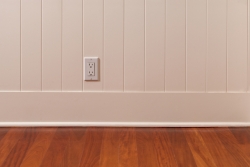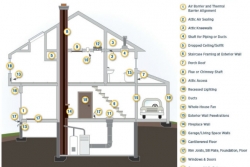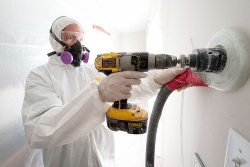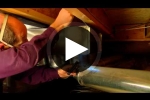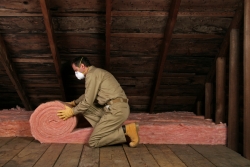Air leakage, or infiltration, occurs when outside air enters a house uncontrollably through cracks and openings. Properly air sealing can significantly reduce heating and cooling costs, improve building durability, and create a healthier indoor environment. In addition to air sealing, you'll also want to consider adding additional insulation and moisture control and ventilation strategies to ensure your home is comfortable and efficient.
Featured
You may already know where some air leakage occurs in your home, such as an under-the-door draft, but you'll need to find the less obvious gaps to properly air seal your home.
Learn about the best techniques and materials for minimizing air leakage when building a new home.
Weatherstripping doors, operable windows, and other movable building materials will reduce your heating and cooling costs.
A four-step guide to making your home more comfortable, energy efficient and healthy.


